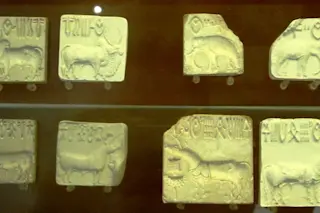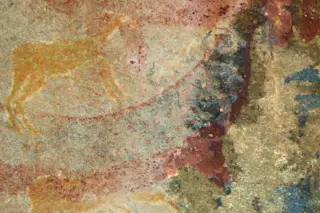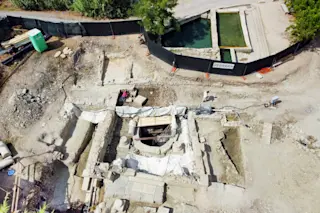Today, when we’ve unlocked the secrets of Egyptian hieroglyphs, Maya writing and hosts of far lesser known scripts, it seems as though there’s nothing left for enterprising epigraphers. Fear not, for there are actually a number of ancient writing systems still to be cracked. They include texts of the Olmec and Zapotec(Mesoamerican cultures preceding the Classic Maya), Proto-Elamite (writings of the earliest civilization of present-day Iran) and Rongorongo of Easter Island.
But if it’s fame you’re after (as well as intense scrutiny and even death threats) there’s no better challenge than the symbols of the Indus Valley Civilization, which flourished some 4,000 years ago in present-day Pakistan and northwest India.
From this culture, archaeologists have recovered several thousand short inscriptions, most with just 4 or 5 signs. There is no consensus on how to read them, although dozens of speculative decipherments have been proposed over the past century.
Complicating efforts, ...














